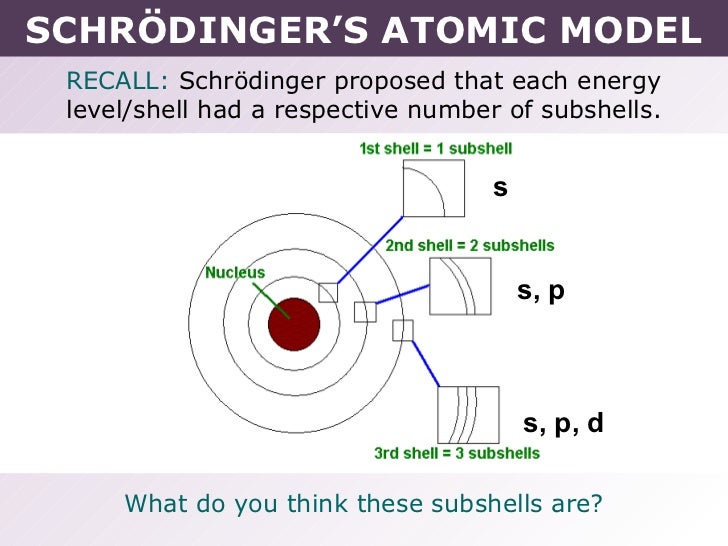

Srednicki, "Quantum Field Theory", 1st Ed.Peskin and Schroeder, "Quantum Field Theory", 1st Ed.They could have just derived the Schrodinger picture by having kept going with the Heisenberg picture perspective and put the guessing after to show it gave the answer one would expect, the price one pays is potentially putting in the kind of derivation given in and the benefit is supposed to be exploiting one's familiarity with Harmonic Oscillators. So the way to read this is: Section 2.2 has time-dependence (despite the notation) so is the Heisenberg picture Section 2.3 has no time-dependence (though they use crucially time-dependence in (2.21) justifying their analogy letting them avoid the details of how time dependence is gotten rid of) and they use analogies to argue what the Schrodinger picture should look like Section 2.4 shows the guess they made in Section 2.3 gives the correct properties one would expect from the Heisenberg-Schrodinger picture transition. In fact they put "equal-time" in scare-quotes below it after simply stating they were time-independent operators (even though they use time-dependence right below this and say above 2.25 they are talking about the classical Klein-Gordon Hamiltonian which was derived using time-dependent fields, there's simply a big jump there). We really should have specified they were Heisenberg picture commutators at a fixed time in (2.20) (compare to eq'n (3.28)). Without arguing by analogy, only now can we really say the (what they said you're supposed to assume are time-independent, despite using time-dependence again right below them) commutation relations in (2.20) are consistent. The justification seems to be that it all works out in section 2.4 since starting from their analogy-based (2.25) you get from this (in (2.43)) a Heisenberg picture which gives back the Klein-Gordon equation.


Obviously a Schrodinger picture should exist, so they can just assume it exists but they then have to ignore the fact they assumed time-dependence in the Klein-Gordon equation and found it in it's solutions, then just assume they result in a Schrodinger picture operator when quantized, and then just skip the details of the transition by arguing from analogy (as they do after (2.20)) for what the time-independent operators should look like. However, the Schrodinger equation is a wave equation for the wave function of the particle in question, and so the use of the equation to predict the future state of a system is sometimes called wave mechanics. This, finally, justifies working with the time-independent Schrodinger operators The Schrodinger equation is linear partial differential equation that describes the evolution of a quantum state in a similar way to Newton’s laws (the second law in particular) in classical mechanics. 16, suddenly they start writing their classical scalar field $\phi$ as function of only position vector $\textbf$$ While defining the action $S$ and deriving the Euler-Lagrange equation for the classical scalar field $\phi$, the classical scalar field $\phi$ is considered to be a function of a position $4$-vector $x = (x^0, x^1, x^2, x^3) = (ct, x, y, z)$. In Section 2.2 of their QFT textbook, Peskin & Schroeder introduce the Lagrangian and Hamiltonian field theories of a classical scalar field.


 0 kommentar(er)
0 kommentar(er)
